This tropical hideaway somehow manages to be an idyllic oasis, an adventurer seeker’s paradise, a family-friendly getaway and a foodie's dream... all at once. Surrounded by azure seas and edged with bright white beaches, Antigua and Barbuda’s natural beauty is plentiful, however, you’ll also find lots of fascinating attractions and excursions to enjoy from ancient forts with jaw-dropping views, to wildlife parks, eco-tours and exhilarating outdoor activities. Want to make the most of your time in this beautiful part of the Caribbean? We’ve got you covered with the best things to do in Antigua and Barbuda.
Top 10 attractions & excursions in Antigua & Barbuda
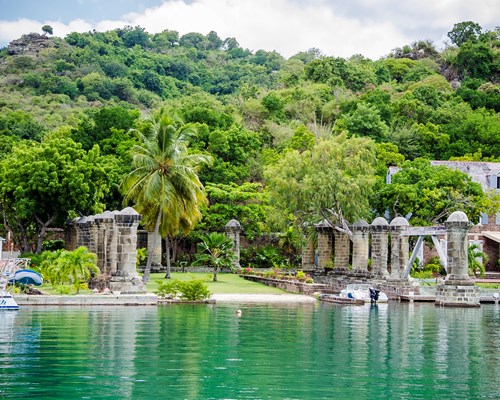
1. Nelson’s Dockyard, Antigua
Nelson’s Dockyard in English Harbour is Antigua’s pride and joy. Built for the British Royal Navy in 1755, its size and sheltered position made it one of the Caribbean’s main British naval bases during the plantation era. Admiral Horatio Nelson was stationed here when he was 26 as Senior Captain and Commander-in-Chief of the Leeward Islands, and the dockyard has been named after him and completely restored to its Georgian glory. It now stands UNESCO-protected as the only working Georgian dockyard in existence. There is a first-class marina here and historic 18th-century buildings house shops, restaurants and hotels. The Dockyard Museum in the old Admiral’s House is filled with fascinating artefacts. Fort Berkeley, which was built to protect the harbour, can be reached from here in about a ten-minute walk.
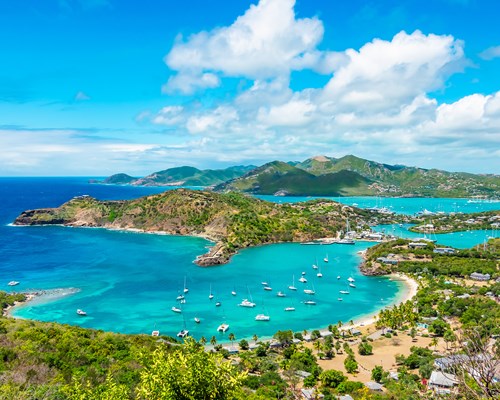
2. Shirley Heights Lookout, Antigua
Up at 149m (or 490ft), the Shirley Heights lookout was once used by the military for its expansive views over the English and Falmouth Harbours. It’s still the best viewpoint on the island, especially at sunset: if you’re lucky, you might catch the split second when the sun dips below the horizon and a green jet of light – the Green Flash – streaks across and the sea. Once the sun’s down, the harbour lights twinkle in the thousands which really is a sight to behold. Now used by tourists rather than the military, there’s a restaurant and bar up here which host famous parties every Sunday evening featuring local bands.
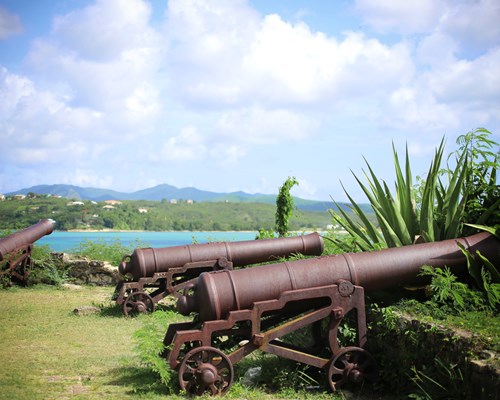
3. Fort James, Antigua
While Antigua’s other forts sold their cannons for scrap, the cannons of Fort James – on the north entrance to St John’s Harbour - are still in place. A spectacular example of how the island was protected from invasion in colonial times, the cannons weigh a socking 2.5 tonnes and took over ten people to move.
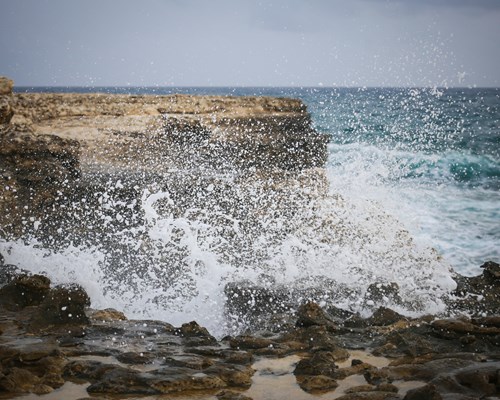
4. Devil’s Bridge National Park, Antigua
The Atlantic Ocean has carved a bridge from limestone rock over hundreds of thousands of years, creating a natural wonder surrounded by geysers and blowholes. This remarkable natural bridge is an important part of Antigua's history, as some accounts suggest that slaves would jump off the bridge to take their own lives, making it a sombre reminder of the island's slave history.
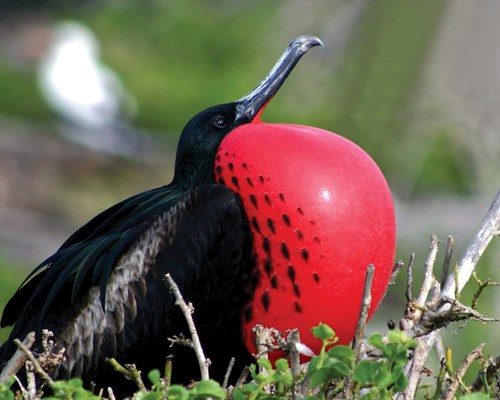
5. Frigate Bird Sanctuary, Barbuda
There are 170 bird species around the Codrington Lagoon’s mangroves and shrubs, but none get more airtime than the 5000 or so frigates. This is one of the biggest colonies of frigatebirds in the world – seabirds famed for their super wide wingspans, ballooning red necks and buccaneer-like behaviour (they steal food from smaller birds – earning the nickname ‘Man O War’ birds). You can only access the lagoon by boat with a local guide, and the best time to visit is mating season (between September and April), when the males puff out their red necks and cry out to attract mates.
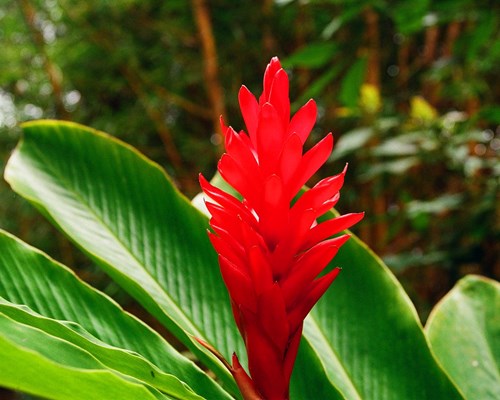
6. Darby Cave, Barbuda
The fact they call this place a cave is confusing – it’s actually a sinkhole, and a spectacular one at that: 100m in diameter and 21 deep, filled with its own mini rainforest and huge stalagmites. With the tops of palm trees at head height and the chance to spot land turtles and deer, you’ll want to bring your camera.
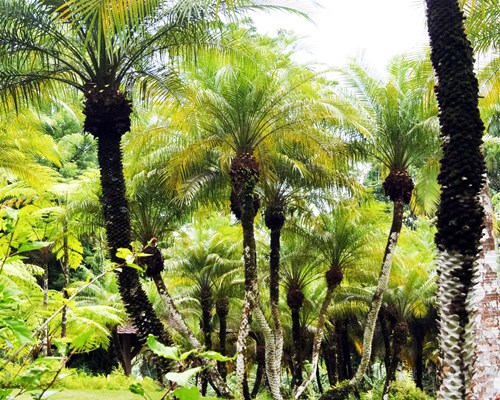
7. Martello tower, Barbuda
The Martello Tower, sometimes called the River Fort, is located about three miles south of the Village on the bottom end of the island. The tower reaches a height of 32 feet (9.75 metres). The Martello Tower dates back to 1745 and was built by the British. It was a replica of the Cape Mortella Tower in Corsica, and was constructed to serve as a lookout over the original wharf.
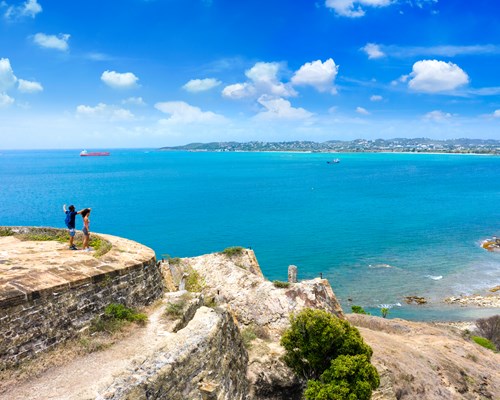
8. Fort Barrington, Antigua
Fort Barrington is positioned on a hill to the south of St John’s harbour, and unlike all other forts in Antigua, this site actually saw some military action. Prince Rupert seized it in 1652 to try and claim the island for the Royalists, then the French fought to fly their flag here in 1666. The parts you can see today belong to the fort that was reinforced in 1790 to protect from more attacks from the French. Remains include parts of the gun platform and powder magazine, while the views are as beautiful and far-reaching as ever.
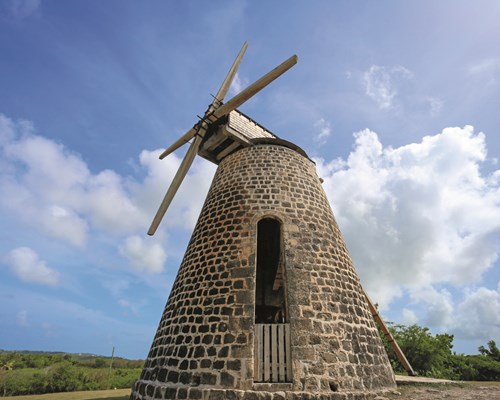
9. Betty’s Hope, Antigua
This was Antigua’s first sugarcane plantation – the first of many – and dates back to 1674. To honour this important part of the island’s slave history, one of the windmills has been completely restored and a small museum tells of Antigua’s past.
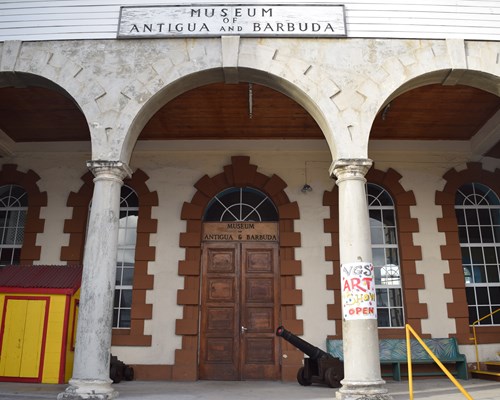
10. Museum of Antigua & Barbuda, Antigua
Located in downtown, St John’s is one of the island’s oldest buildings – the neoclassical courthouse. The museum tells of the history of the nation over thousands of years, including how the islands were formed and their ecosystems now, the first settlers, slaves and independence. There’s a nice little gift shop here where you can buy locally made arts and crafts.


